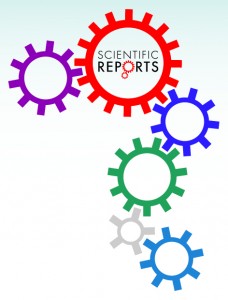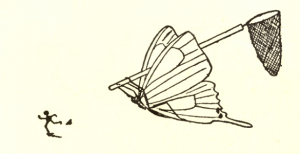 Oops.
Oops.
A plant journal recently retracted a 2017 paper, saying the authors couldn’t pay the page charges ($110/page). The notice has since disappeared, and the journal announced on Twitter Thursday it was issued in error. The paper is now intact on the journal’s site.
This isn’t the first time the journal has withdrawn a statement that authors couldn’t pay the page charges — we’ve discovered the journal removed a line to that effect from a 2015 retraction notice (although in that case, it left the retraction intact). Page charges, often required by traditional publishers, typically cover printing costs; they differ from article processing charges (APCs) levied by open-access journals, which cover the cost of publishing the paper and making it freely available.
We’ve contacted editors at the journal and its publisher, Taylor & Francis, to try to find out why there are mixed messages about author page charges. A spokesperson for the publisher said it was unable to respond before deadline, but it was looking into the matter:
I can confirm that we are committed to following [Committee on Publication Ethics] guidelines and that we are taking this issue seriously.
In the meantime, here’s what we know.
 Following heavy criticism of its decision to correct — instead of retract — a paper accused of plagiarism,
Following heavy criticism of its decision to correct — instead of retract — a paper accused of plagiarism, 

 Researchers from the University of Kansas asked to retract their paper only days after the journal issued an expression of concern related to some of the images.
Researchers from the University of Kansas asked to retract their paper only days after the journal issued an expression of concern related to some of the images. 
 Here’s a head-scratcher: A 2017 paper examining why long space flights can cause eye damage has been taken down, with a brief note saying NASA, which sponsored the research, asked for the retraction because of “security concerns.”
Here’s a head-scratcher: A 2017 paper examining why long space flights can cause eye damage has been taken down, with a brief note saying NASA, which sponsored the research, asked for the retraction because of “security concerns.”